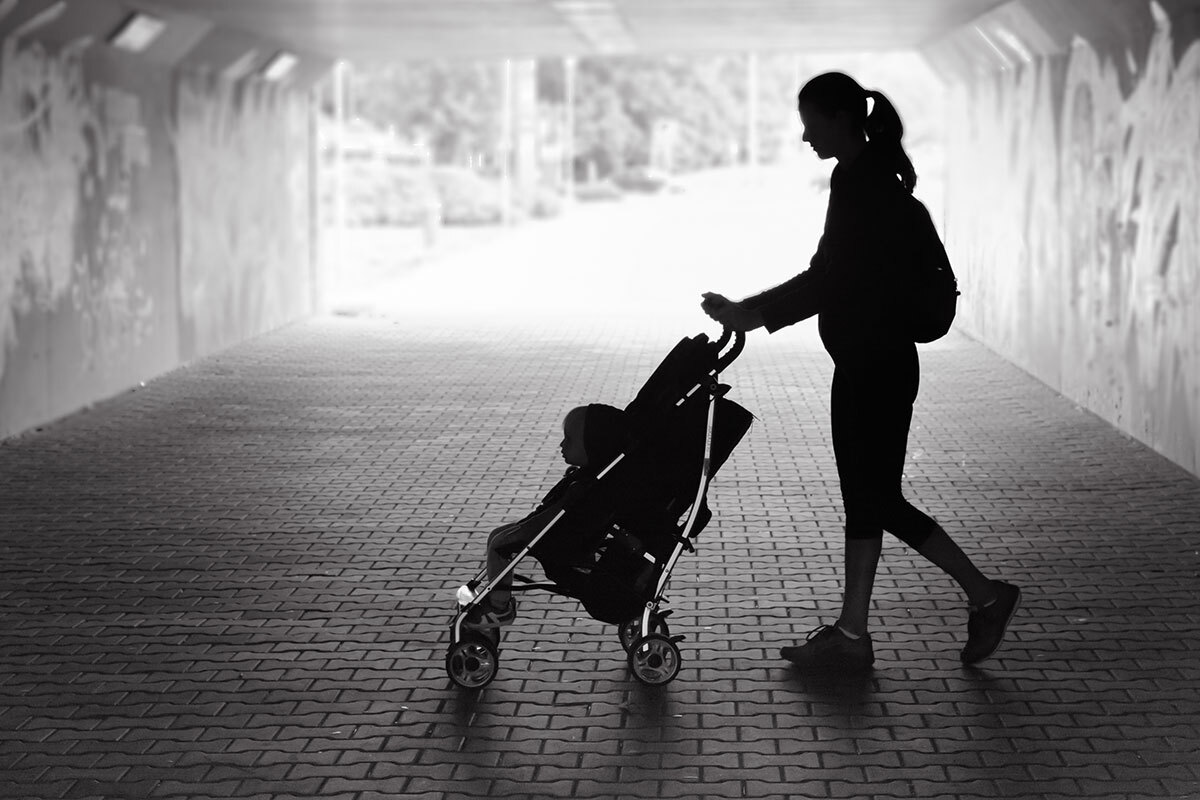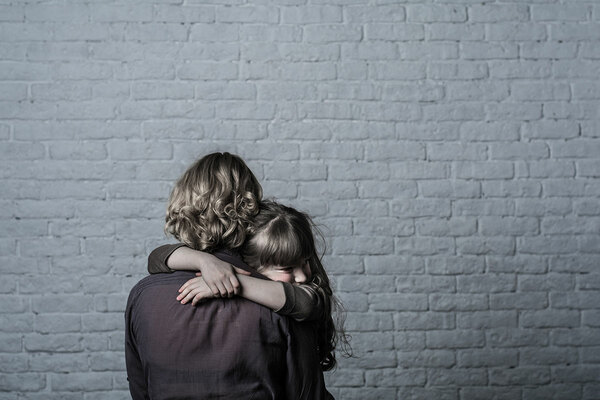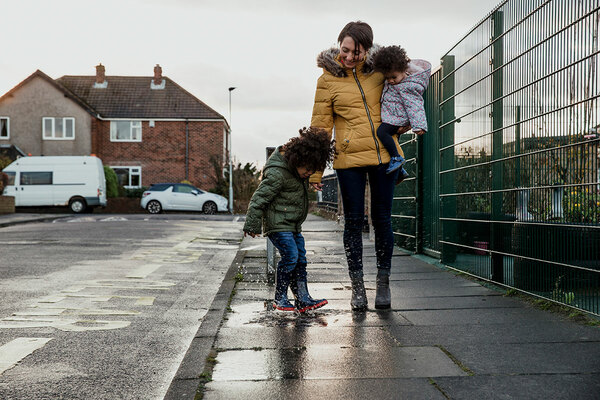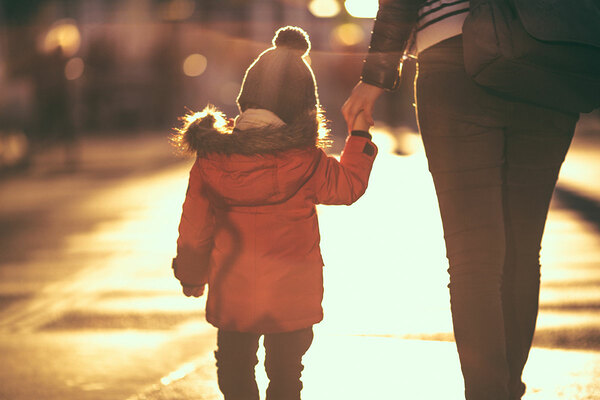You are viewing 1 of your 1 free articles

Homeless services need redesigning to address women’s experiences
Donna Sheldon explores some of the causes, risks and the impact of homelessness on women and provides strategies to identify and support them to access services
Over the past decade, the landscape of homelessness and rough sleeping has been shifting. The traditional profile of middle-aged, male, alcohol-dependent rough sleepers in doorways has been changing to include a growing number of young, female victims of abuse who often avoid public places and the services that could support them.
Of course, sleeping rough is risky for anyone, but, for women in particular, the risk is increased by several factors related to their age, gender-based violence, sexual assault, mental health and abuse before, during and after homelessness.
In 2016, Crisis research found that female rough sleepers were proportionally more likely to be victims of violence on the streets than male rough sleepers.
Although there are many causes of homelessness, which are often complex, with multiple contributing factors, there is a strong reoccurring theme associated with women’s homelessness and the reasons they stay hidden from services.
“Women often avoid homelessness services because they don’t feel safe around men and find it difficult to trust others, resulting in very little data being available”
Recent research by Porchlight, the charity, among 40 rough-sleeping women found an overwhelmingly high cause of homelessness for women is relationship breakdown. The link between homelessness and domestic abuse has long been recognised by domestic-abuse services; Women’s Aid says “11% of women who were escaping abusive relationships slept rough while waiting for refuge accommodation”.
This presents a significant barrier for women trying to access the right services to rebuild their lives. Research suggests that women often avoid homelessness services because they don’t feel safe around men and find it difficult to trust others, resulting in very little data being available. Perhaps particularly concerning is that homeless women tend to be younger than men. They are often under the age of 25, facing the additional risk of sexual attacks while they are homeless.
Young people often require support from services to access and maintain accommodation, as reported in Life on the Streets, research by Depaul UK, the charity. Yet they are less likely to be aware of services or know how to access them and, of course, face real barriers to renting private accommodation independently.
An additional barrier to women engaging with services is fear of separation from children and a mistrust of officialdom. Women interviewed as part of Stuck in Limbo, the Shelter research, highlighted more of a reliance on family and friends than services. This presents another risk, as these women are vulnerable and in crisis, often suffering trauma that can prevent them from making safe choices about where to sleep. For children in these situations, it is often a time of turbulence and insecurity, but the wider repercussions are an increased risk of abuse whilst hidden away from services.
“Services working with women experiencing homelessness must adopt trauma-based approaches to their work to achieve the best outcomes”
Taking into account the traumatic causes of women’s homelessness and the barriers to accessing support, it is no surprise that another risk factor is the high frequency of mental health problems. Of the 40 women included in Porchlight’s Seeing the Unseen study, 34 reported mental health problems, of which 27 had been diagnosed. Rough sleeping is risky. Mental health problems increase the risks and vulnerability whilst women are on the male-dominated streets and in temporary hostel accommodation.
All of these factors suggest that women experience greater risk when they are homeless than men, but it also highlights that the right approach for successful engagement and outcomes is to recognise that services for women must reflect the differences in their experience of homelessness.
These services must adopt trauma-based approaches to their work to achieve the best outcomes. Having the consistency of seeing the same person within a service will build trust to ensure women feel safe and are listened to. Services require a knowledgeable team trained in domestic abuse and with connections to local agencies and services women can access for the main associated risks, such as domestic abuse, mental health, children and families, sexual health, and substance and alcohol misuse.
The commitments set out in the Domestic Abuse Act 2021 to reduce the impact of domestic abuse on victims particularly recognise the importance of a safe, secure home for survivors and their children, placing a duty on local authorities in England to provide accommodation-based support in refuges and other safe accommodation. This is a step in the right direction, but it is the design of services that will offer the richest opportunities for preventing growth in the number of vulnerable women bedding down on settees or our streets.
Sign up for our daily newsletter
Already have an account? Click here to manage your newsletters













